But before I get to that....
...And do they have feelings?
Although only the outside tree-like structure is noticeable to us hard coral is actually composed of colonies of tiny animals called Polyps that feed on even tinier animals.
An artist's representation of a polyp.
Each little polyp is responsible for building and maintaining a little house made from calcium carbonate (like in antacids) leached from sea water. New houses get built on top of the older ones, following a unique pattern, giving each species its particular appearance. The accumulation of a gazillion layers of coral condominiums gives us coral reefs.
They probably don't have feelings but they do hold an entire ecosystem together. Coral reefs are the densest and most diverse ecosystems in the oceans. They hold 1/4 of all species in the sea!
Most corals form partnerships with a type of plant: algae. It's a win/win situation for both as the algae feeds on the polyps waste (poop and CO2) and the polyp feeds on some of the energy produced by the algae (through photosynthesis). How efficient! Imagine the energy we'd save if we had algae growing on our foreheads!
Because algae needs sunlight for photosynthesis these are the types of coral seen in shallower waters. There are however many coral species that live in deeper colder waters like the famous red coral:
Corallium species
Particularly sought after in jewelry red coral is considered an organic gem. The color ranges from pale pink to salmon to a rich dark red. Growing in deep cold water it is very slow growing making it a 'hardwood' among corals and especially vulnerable to over collection.And therein lies the problem.
Coral collection and mining was banned worldwide in 1992 but in 2007 the ban on red coral was reversed.
An organization called Too Precious to Wear has stepped in to promoted coral conservation and they have a pledge you can sign. But the only real solution now will be to stop funding the clear cutting of the oceans by choosing to not buy new coral.
Fortunately there's a ton of eco-friendly coral out there!
Post Earrings I made from coral colored vintage plastic cabochons
The good news is you can still enjoy coral without buying new! It is really easy to find real coral from vintage jewelry and loose beads at affordable prices. Vintage faux coral and coral colored items are also widely available and you may be surprised with their beauty and quality.Here's a pair of earrings i made from a vintage coral bead necklace:
Here are my picks for eco-friendly alternatives:
The cutest vintage plastic faux coral branch beads from Zivile
Vintage chunky red coral beads from vintagefabulous
Vintage faux coral glass beads from vintagecallgirl
Vintage genuine coral branch necklace from the twenties found at bonblu. You can wear as is or use the beads in your own creations!
This vintage 60's faux coral branch necklace from Karmalings looks even better than the real thing!
Carved coral beads from EurekaEureka
I can see these used for Spring wedding jewelry.
Incredible deep red vintage native American cuff bracelet from SouthwestSkyJewelry
The salmon color in this vintage coral necklace from VintageStarrBeads is spectacular!
If you sell jewelry or supplies you can help your clients make eco-friendly choices by promoting the fact that you don't sell or use new real coral - eco conscious fashion is trendy so it's also in your business' interest to make eco friendly choices!
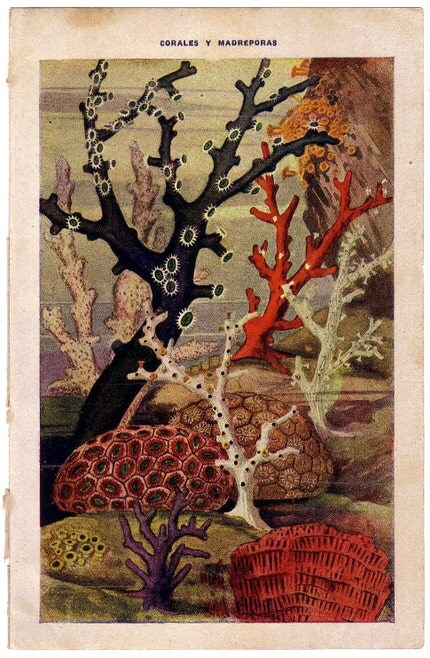
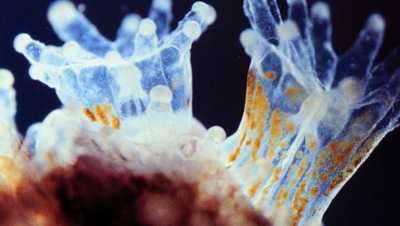


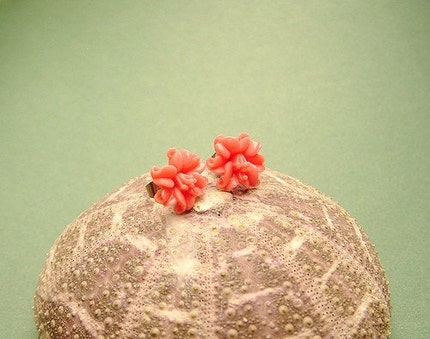
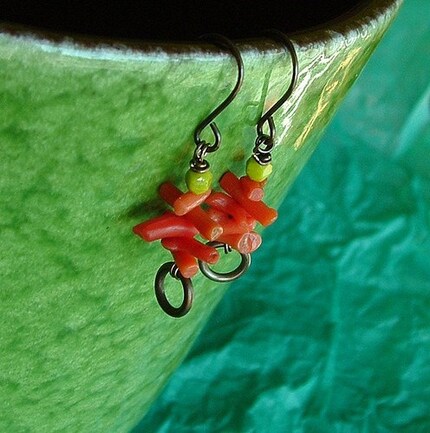
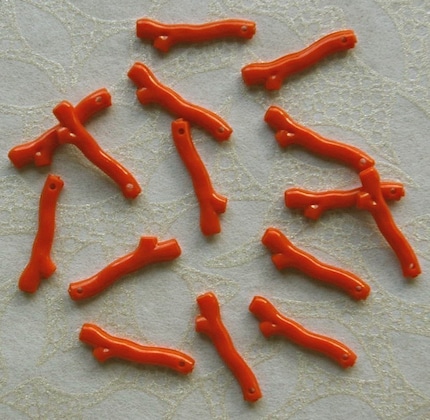
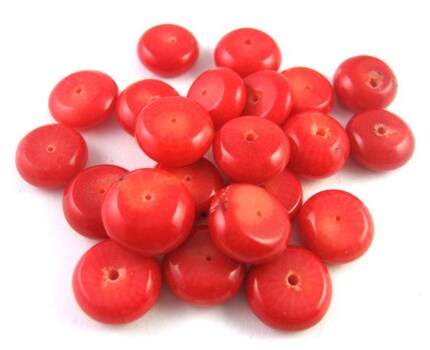
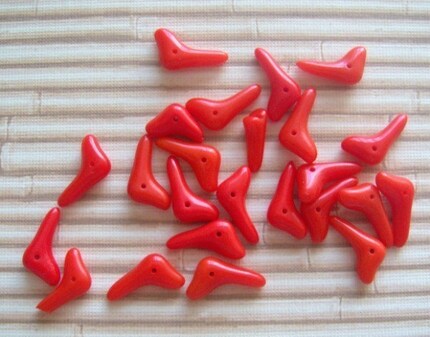
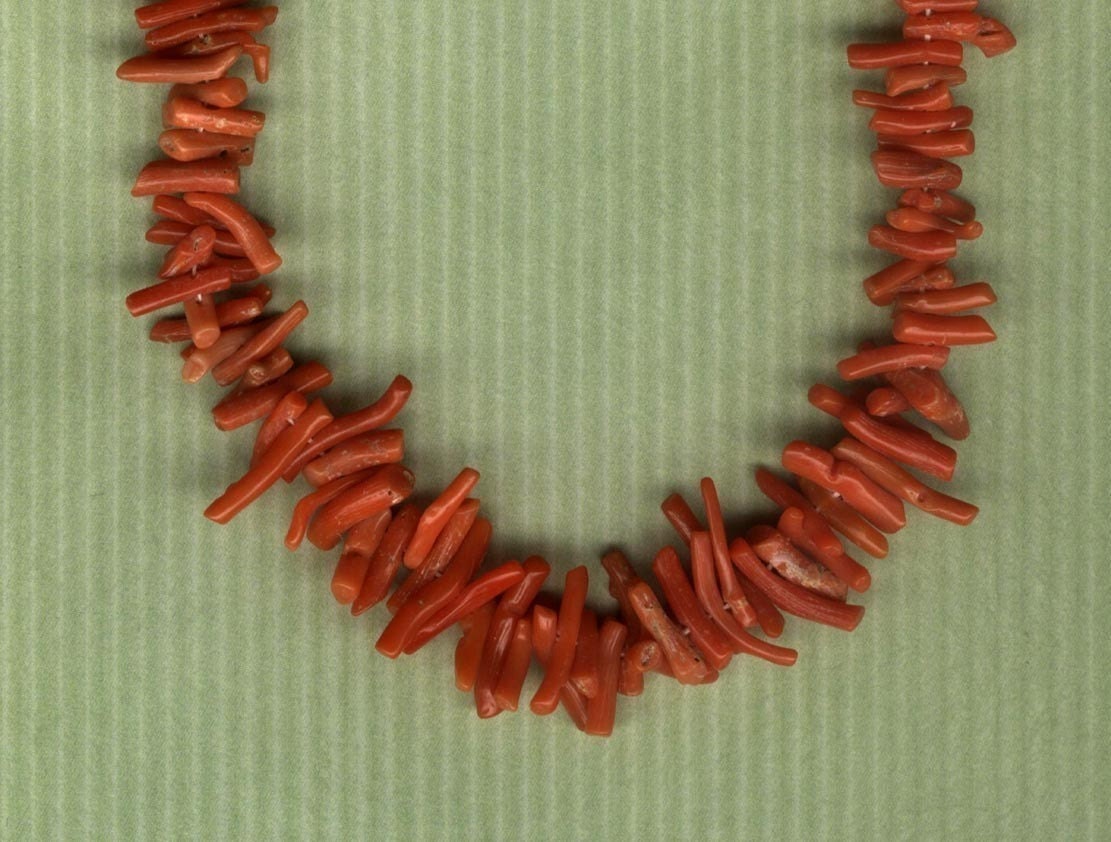
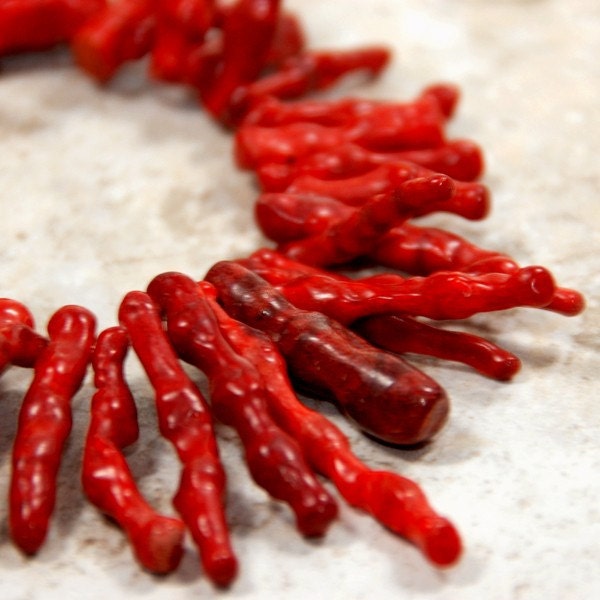
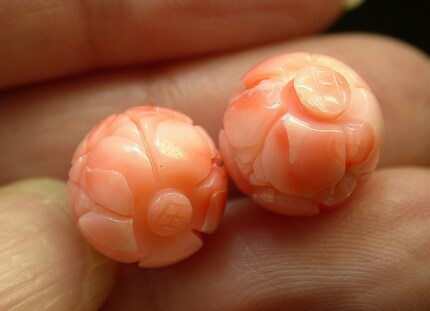

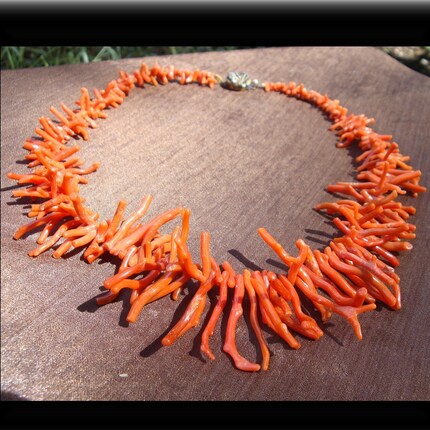
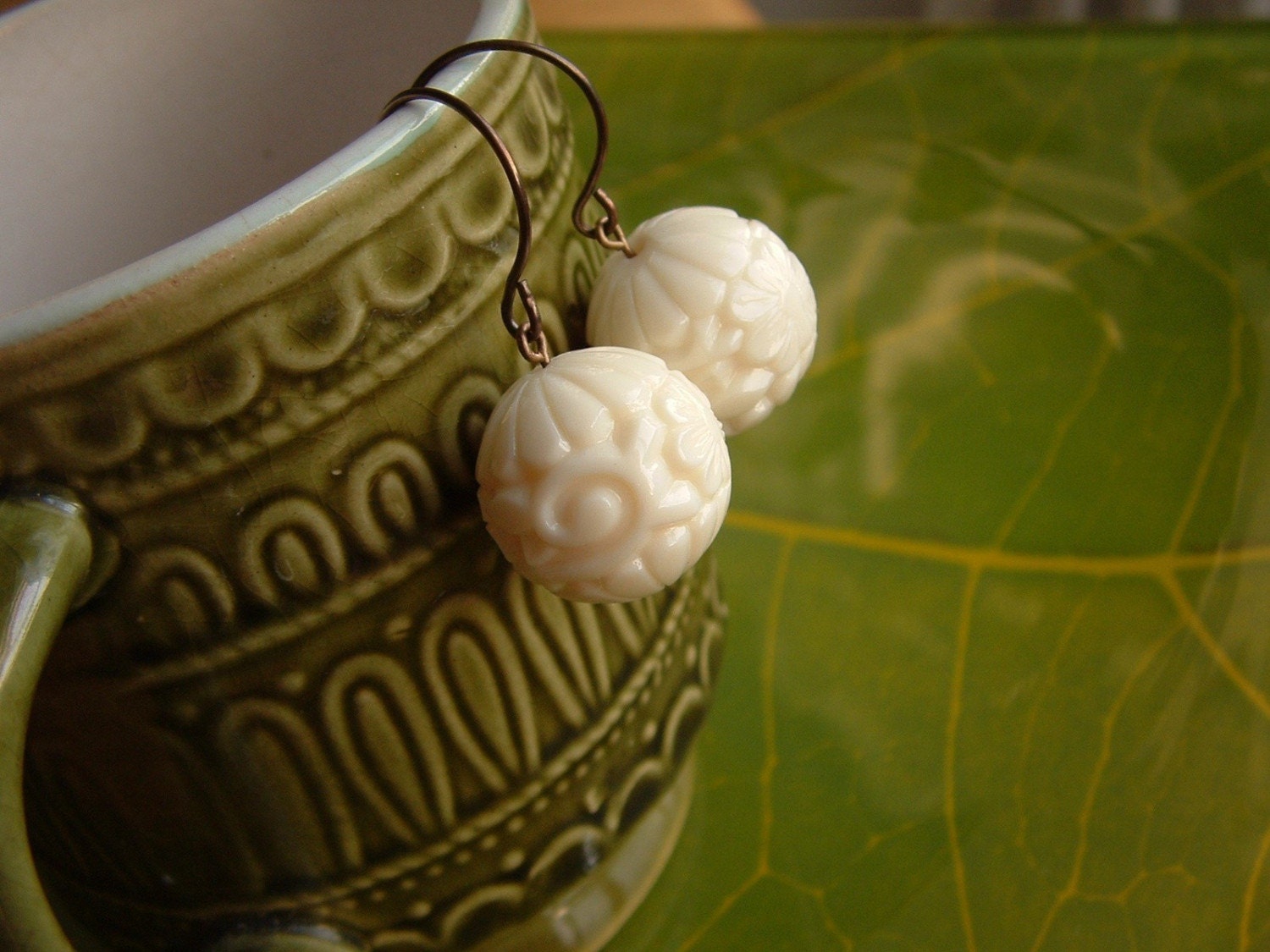


No comments:
Post a Comment